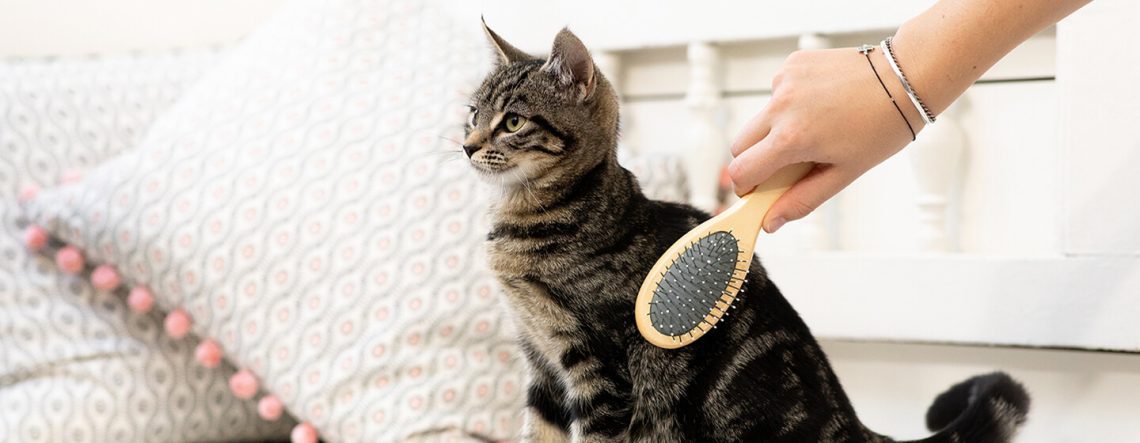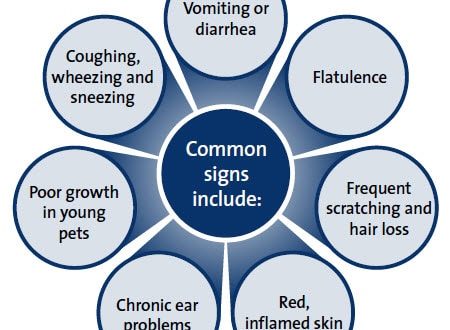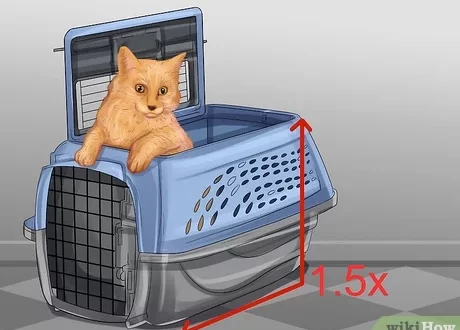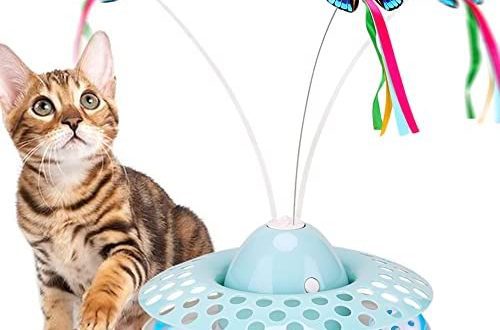
Kitten grooming
Tips for Grooming Your Kitten
When it comes to their appearance, cats are very picky. They learn to keep themselves clean and tidy from early childhood from their mother. But from time to time they need your help. In addition, grooming is a good opportunity to socialize – your kitten will enjoy every minute of it. If you have a long-haired kitten, it needs to be brushed every day. After that, the wool must also be combed with a brush so that it does not tangle. Your veterinarian will be happy to advise you and help you choose the right comb and brush.
Smooth-haired kittens also require regular grooming. To remove loose hairs, use a soft brush, slowly sweeping it along the entire body of the animal from head to tail.
Cats shed in spring and to a lesser extent in winter and summer. Therefore, from the very beginning, accustom your kitten to regular grooming – this will help prevent the formation of hairballs in the gastrointestinal tract, which are very unpleasant.
Cats are extremely meticulous about their cleanliness, so your pet is unlikely to need to be washed. This may be necessary only if it is really dirty – in this case, use a special mild shampoo for cats.
It is good if you take the kitten in your arms from time to time while it is growing – so it will get used to it and will not be afraid of human hands. Grooming is also an opportunity to examine your pet. Pay attention to his teeth and paws. Ears and eyes should also be checked regularly for buildup of wax or pus. This way, when he gets to see the veterinarian, he will be calmer.
Kitten oral care
At about 4 months old, your kitten will begin to develop molars, and by 8 months, most of them will have taken their place. Oral hygiene is just as important for cats as it is for humans. It is best to teach your kitten to brush their teeth regularly from an early age so that there will be no problems with this later. Brushing your pet’s teeth 3 times a week will help maintain healthy teeth and gums.
In the veterinary clinic, you can buy toothpaste and a brush specially designed for cats. Your veterinarian will show you how to use them correctly.
Believe it or not, you can make brushing your teeth fun. To teach your kitten to brush his teeth, start gently massaging his teeth with your finger and repeat this procedure every day. If he breaks out, hold him gently but firmly, and when he calms down, praise him. You can then squeeze some toothpaste onto your finger and continue massaging your teeth. When your pet learns to tolerate this, you can move on to a toothbrush.
You can also purchase special cat treats that are designed to clean your cat’s teeth while they eat. In addition, there are special diets, such as Hill’s™ Science Plan Oral Care, to help keep adult teeth clean. Paws and claws do not need special care. But if you examine your kitten’s paws and nails daily, he will get used to this procedure, and it will be easier for you to do this later. During this period of life, trimming the claws is not required, especially since the scratching post provides timely exfoliation of the old claw tissue. Scratching is also a way to mark territory, not to mention good exercise for the paw muscles.





